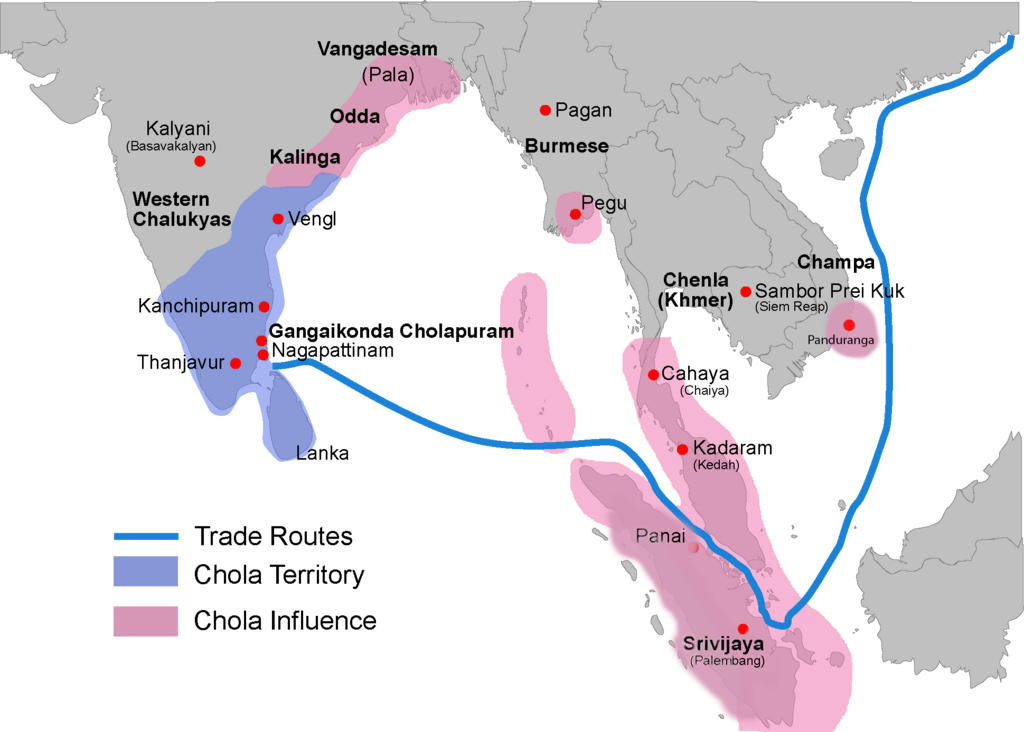Chola dynasty

Chola dynasty
The Chola dynasty, a Tamil dynasty from southern India, stands as a testament to the rich cultural and artistic heritage of medieval South Asia and Southeast Asia. Originating around the fertile Kaveri River valley, the Cholas, known for their maritime empire, ruled from the 3rd century BCE until the 13th century CE. Their peak, under rulers like Rajaraja I and Rajendra Chola I, saw an expansive domain stretching from Sri Lanka to the Ganges in the north and even reaching the Malayan archipelago.
Chola sculptures, especially their bronze works, remain unparalleled in medieval metal sculpture. These exquisite pieces, epitomized by figures like Shiva Nataraja at the Metropolitan Museum of Art, showcase a mastery in the lost-wax casting technique. Their artistic expressions, blending spiritual and elegant forms, are considered among the finest accomplishments in medieval art.
Architecturally, the Chola dynasty marked a significant evolution in South Indian temple architecture. Early temples, influenced by Pallava architecture, were characterized by their unique design and intricate carvings. The majestic Brihadishvara Temple in Thanjavur, a UNESCO World Heritage Site, is a prime example of Chola architectural prowess. This temple, along with others like the Gangaikonda Cholapuram and the Airavatesvara Temple, embodies the zenith of Chola architectural innovation, featuring towering vimanas and elaborate sculptures.
For art collectors and historians, the Chola period offers a window into the soul of ancient Indian artistry. Their sculptures and temples not only represent religious devotion but also stand as symbols of the dynasty's power and artistic vision.
For enthusiasts and collectors interested in the art and history of the Chola dynasty, sign up for updates on new product sales and auction events related to this remarkable era. Stay connected to explore and acquire pieces of this timeless legacy.
| Country: | Asia, India |
|---|---|
| Start of the period: | 300 BC |
| End of the period: | 1279 |